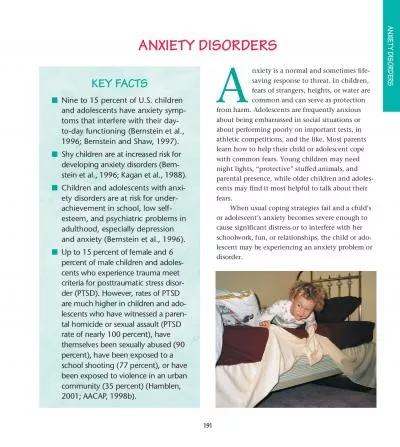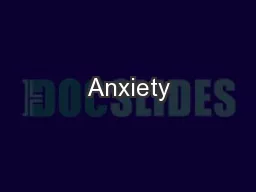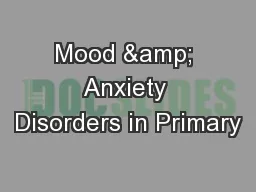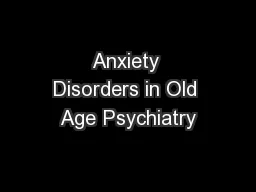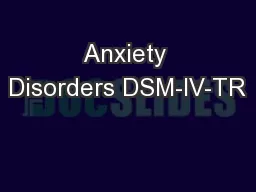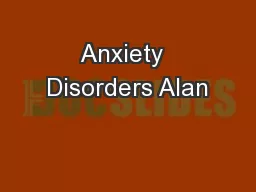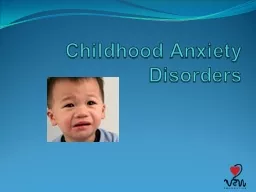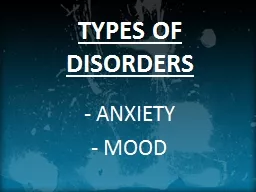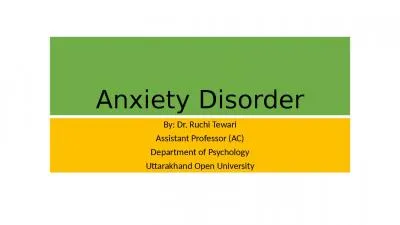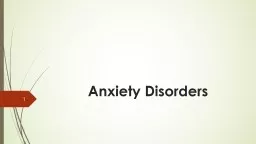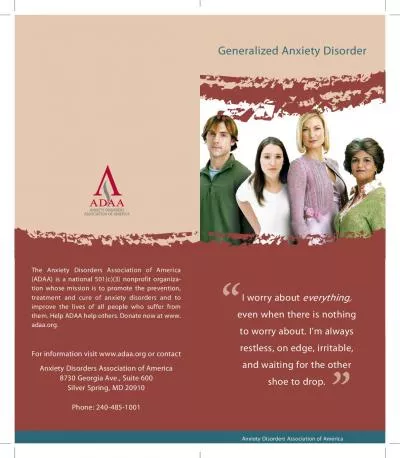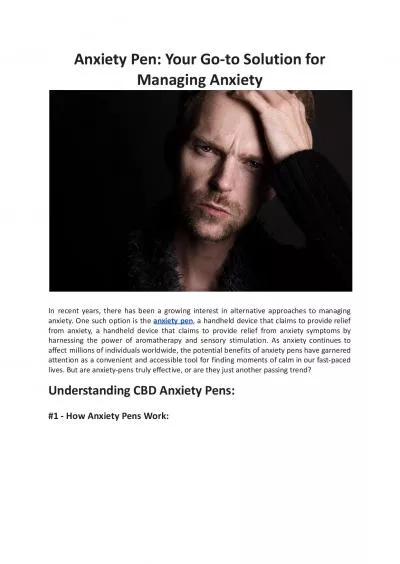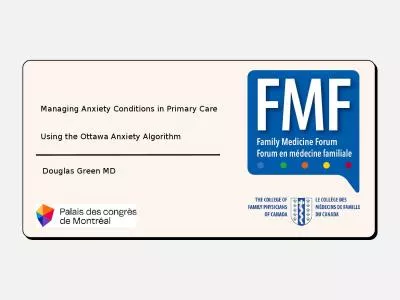PDF-ANXIETY DISORDERS
Author : adia | Published Date : 2022-09-21
ANXIETY DISORDERS KEY FACTSNine to 15 percent of US childrentoms that interfere with their day1996 Bernstein and Shaw 1997Up to 15 percent of female and 6percent
Presentation Embed Code
Download Presentation
Download Presentation The PPT/PDF document "ANXIETY DISORDERS" is the property of its rightful owner. Permission is granted to download and print the materials on this website for personal, non-commercial use only, and to display it on your personal computer provided you do not modify the materials and that you retain all copyright notices contained in the materials. By downloading content from our website, you accept the terms of this agreement.
ANXIETY DISORDERS: Transcript
Download Rules Of Document
"ANXIETY DISORDERS"The content belongs to its owner. You may download and print it for personal use, without modification, and keep all copyright notices. By downloading, you agree to these terms.
Related Documents

